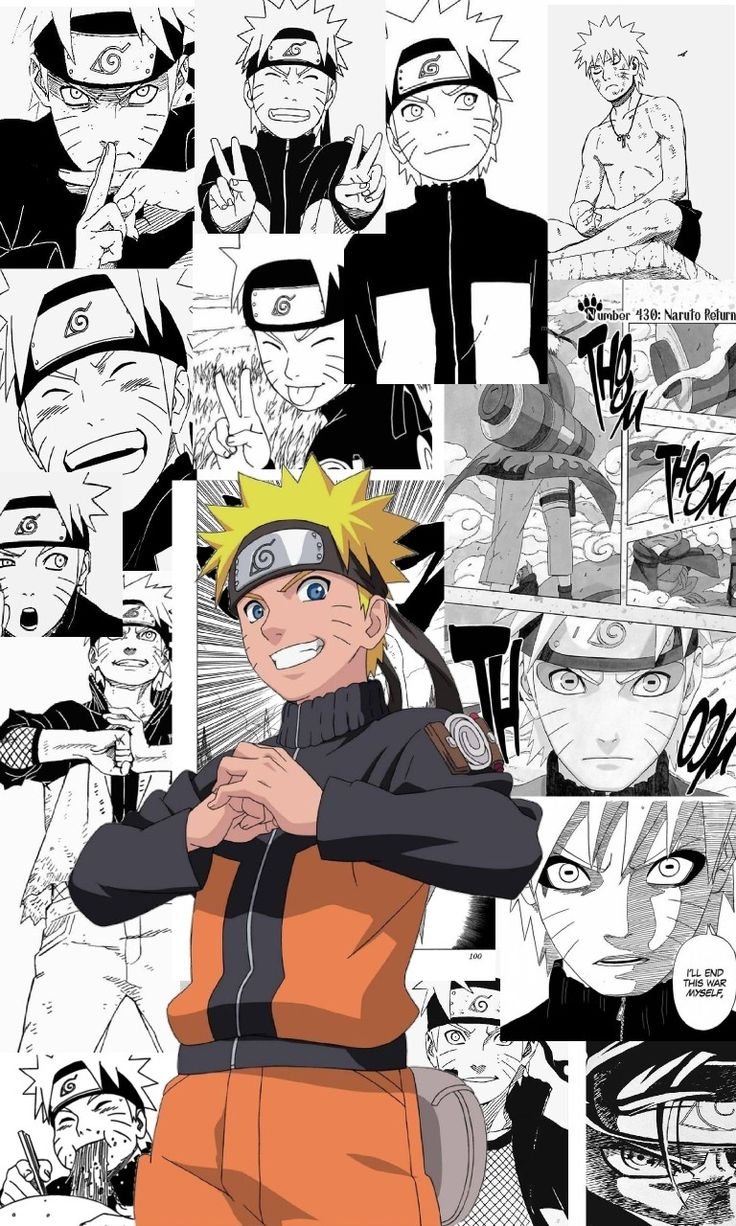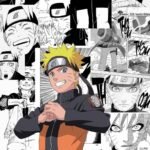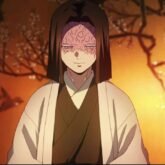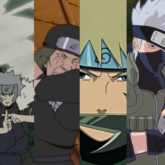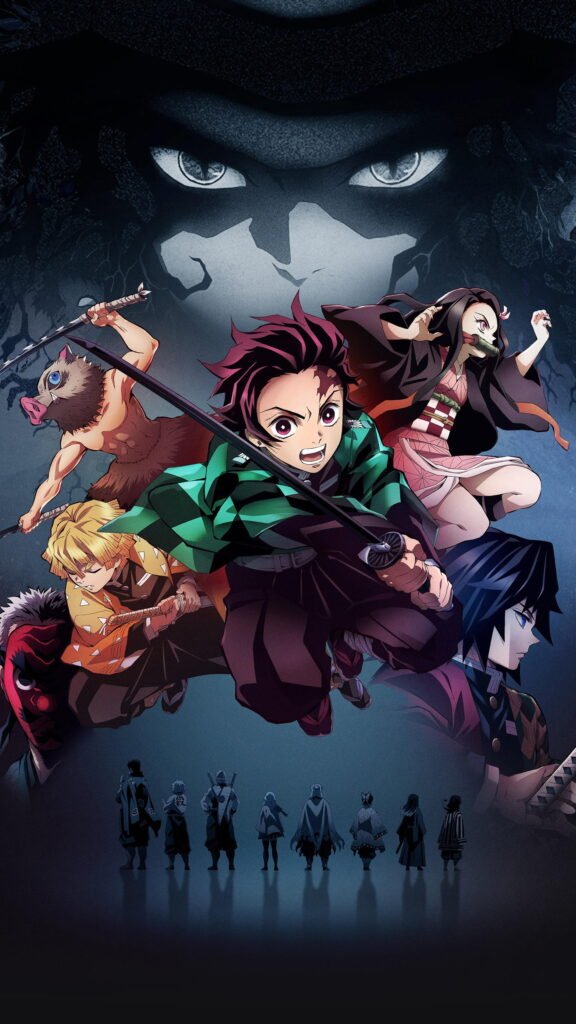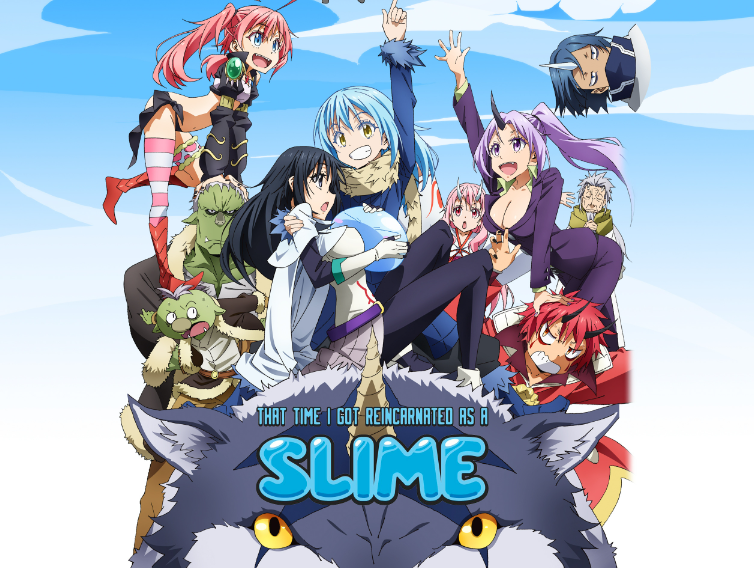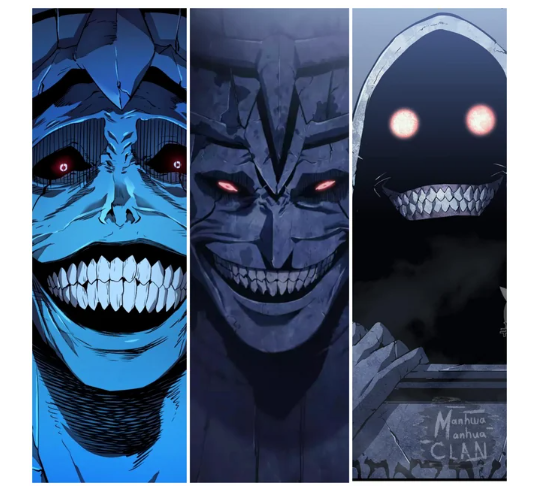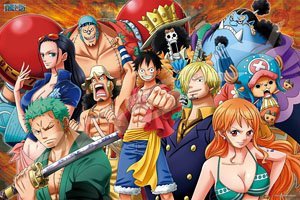Believe It! Diving Deep into the Differences Between Naruto Manga and Anime.
For Naruto fans, the world of Konohagakure holds endless possibilities. Whether you binged the anime or devoured the manga, you likely experienced the thrilling adventures of Naruto Uzumaki and his dream of becoming Hokage. But did you know there are some key differences between these two mediums?
Here’s the breakdown of the key differences between Naruto manga and anime:
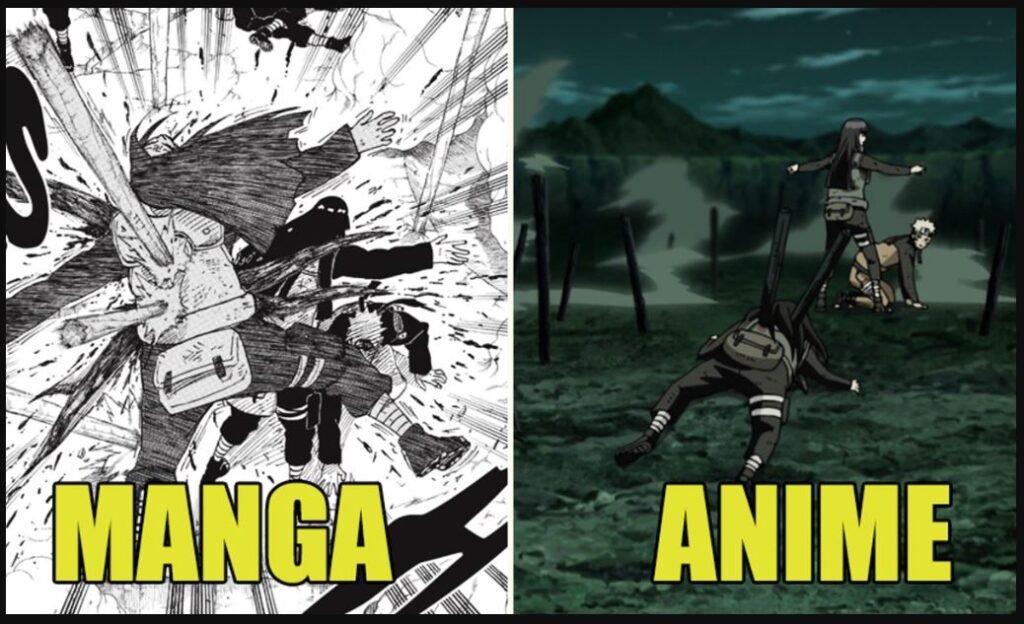
Source Material:
Manga:
Created by Masashi Kishimoto, the manga is the original source material. It consists of 700 chapters, collected in 72 volumes.
Anime:
Produced by Studio Pierrot, the anime adapts the manga into a televised format. It includes two series: “Naruto” and “Naruto Shippuden”.
Story Pacing and Fillers:
Manga: The story is more concise and follows a consistent pace since it directly reflects Kishimoto’s vision.
Anime: The anime often includes filler episodes and arcs not present in the manga. These fillers are created to avoid catching up to the manga too quickly and include additional character development and side stories. Some notable filler arcs include the Land of Tea Escort Mission and the Three-Tails’ Appearance.
Filler: The biggest difference is filler content. The manga has none, while the anime has a lot, especially in Naruto: Shippuden. Filler arcs are anime-original stories that aren’t in the manga and can disrupt the pacing.
Story: The main plot points are the same, but the anime sometimes extends scenes or adds minor details not present in the manga.
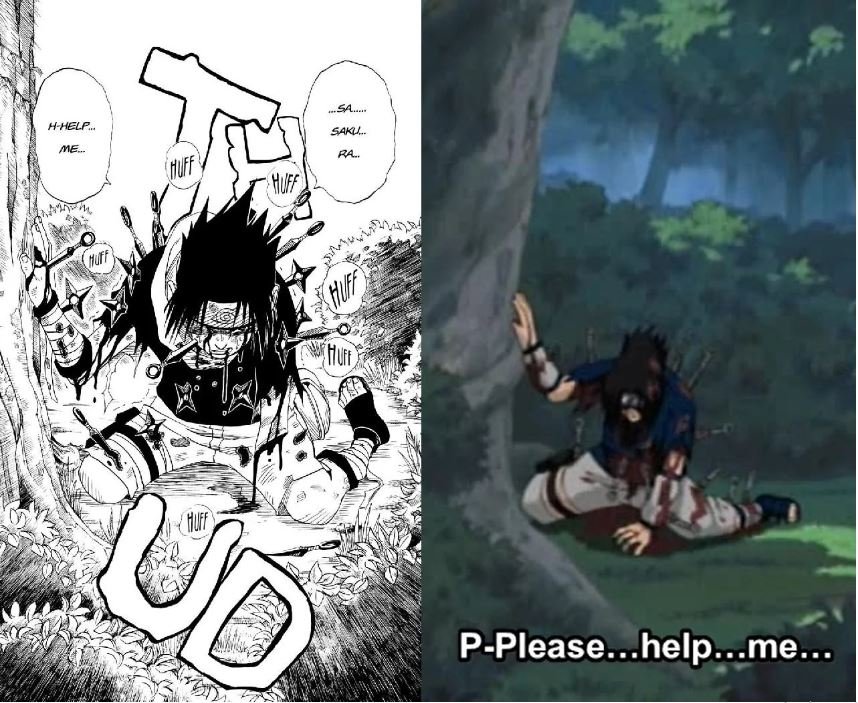
now lets see some of the main differences!
01. Neji’s Forehead Symbol Looks Different:

That’s right! In the Naruto manga, Neji’s forehead decoration is designed with a manji, a symbol originating from Buddhism. The manji represents wholeness or abundance. However, it bears a resemblance to the swastika, a symbol appropriated by Nazi Germany and associated with hate. To avoid potential misunderstandings, the anime adaptation of Naruto opted for a different design, replacing the manji with a simple X.
02. Plot Points Were Rearranged:

Anime adaptations of manga (Japanese comics) sometimes shuffle the order of events compared to the source material. This can be done for a variety of reasons, often to ensure the story flows cohesively when additional content, known as filler, is added.
- Making Room for Filler:
The Shikamaru Promotion: In the manga, Shikamaru achieves the rank of chūnin (a mid-level ninja) while Naruto and Jiraiya are off searching for Tsunade, the new Hokage (village leader). However, anime adaptations frequently include filler arcs, which are self-contained stories not found in the manga. These arcs can take up significant screentime. To accommodate this, the anime might delay Shikamaru’s promotion until after Tsunade’s return, allowing her to personally award the rank. This ensures the promotion scene remains impactful and aligns with the altered timeline created by the filler.
- Building Anticipation with Filler:
Kakashi’s Delayed Mourning: The manga depicts Kakashi Hatake, a powerful ninja, visiting the Memorial Stone to express grief for his fallen friend Obito shortly after retrieving Naruto. However, the anime might omit this scene initially. Later, during a filler episode, the scene could be reintroduced, potentially with additional emotional weight or character development for Kakashi. This technique creates anticipation for fans familiar with the manga and adds depth to the character for viewers who haven’t read the source material.
03. Neji’s Funeral Became Everyone’s Funeral In The Anime

At the conclusion of the Fourth Great Shinobi World War, there is a funeral service depicted in both the manga and the anime. In the manga, this service is specifically held in honor of Neji Hyuuga, who sacrificed his life during the conflict. Conversely, the anime portrays a more inclusive service that commemorates all the individuals who perished during the war.
While it might feel disheartening that the anime doesn’t single out Neji, a cherished character, it’s also poignant to see the village recognizing the value of every life lost. This broader memorial allows viewers to witness the grief of characters like Ino and Shikamaru as they mourn the loss of their fathers.
04. Sasuke Goes To Prison In The Anime

05. Haku’s Clan Membership Is Never Mentioned In The Anime

In the manga, Haku is identified as a member of the Yuki clan, a group from the Land of Water renowned for their use of the Ice Release kekkei genkai. Although the anime mentions Haku’s persecution due to his ability to use a kekkei genkai, it does not specify his clan membership. This omission diminishes the parallel to the Uchiha clan, who also faced persecution partly due to their powerful jutsu.
06. The Anime Fights Last Way Longer
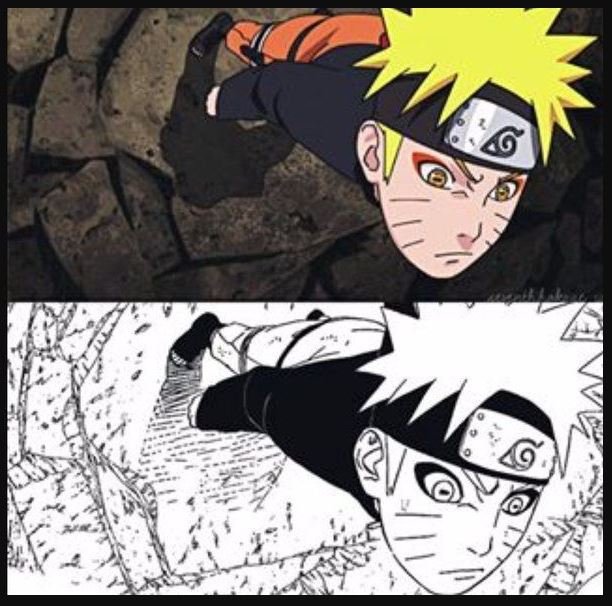
One of the main criticisms some Naruto fans have about the anime is the excessively long fight scenes. While extended fight scenes can be thrilling when every moment is engaging, they often feel tedious when poorly paced or filled with repetitive flashbacks. In the anime, fights that span multiple episodes are much more concise in the manga. This elongation in the anime was done to fill time as Studio Pierrot awaited Masashi Kishimoto’s next plot developments.
07. The Anime Uses Flashbacks

Unlike the manga, the anime frequently incorporates flashbacks. When used effectively, flashbacks can offer new insights into a character’s backstory or provide context for the current scene. However, when used excessively, they can become an irritating waste of time, often repeating scenes viewers have already seen at the beginning of the episode. The latter approach was sometimes used in the anime as a strategy to fill time until more manga material was available for adaptation.
08. The Anime Has A Ton Of Filler Arcs
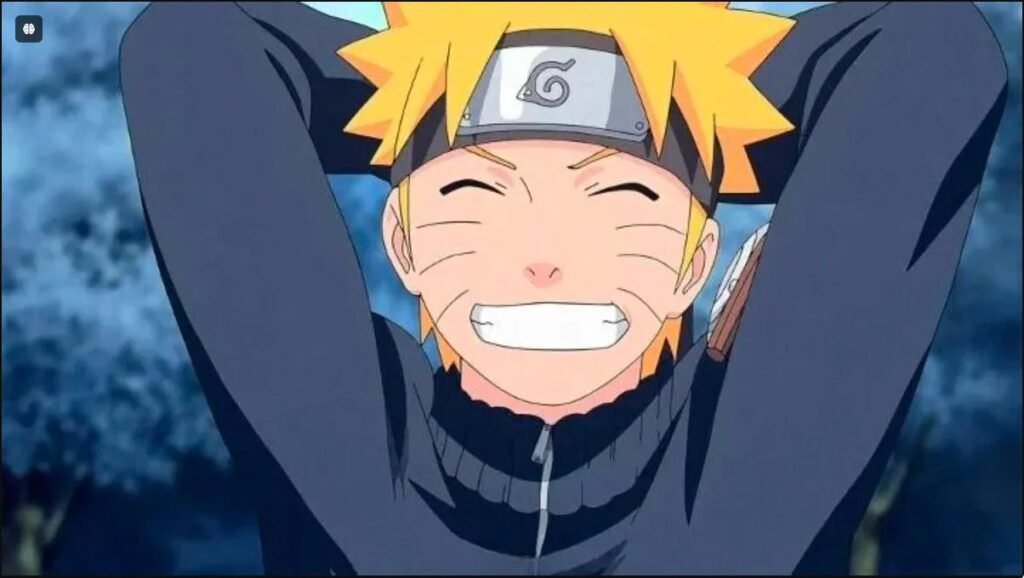
Naruto is infamous for its excessive number of filler arcs—approximately 40% of the series consists of filler content. While some filler arcs are entertaining, humorous, or provide additional character development, others are often confusing, contradictory, and seemingly pointless. These fillers were created because the anime was released concurrently with the manga, necessitating a buffer to allow the manga to progress before the anime could continue the main storyline.
09. The Final Fight Works Differently
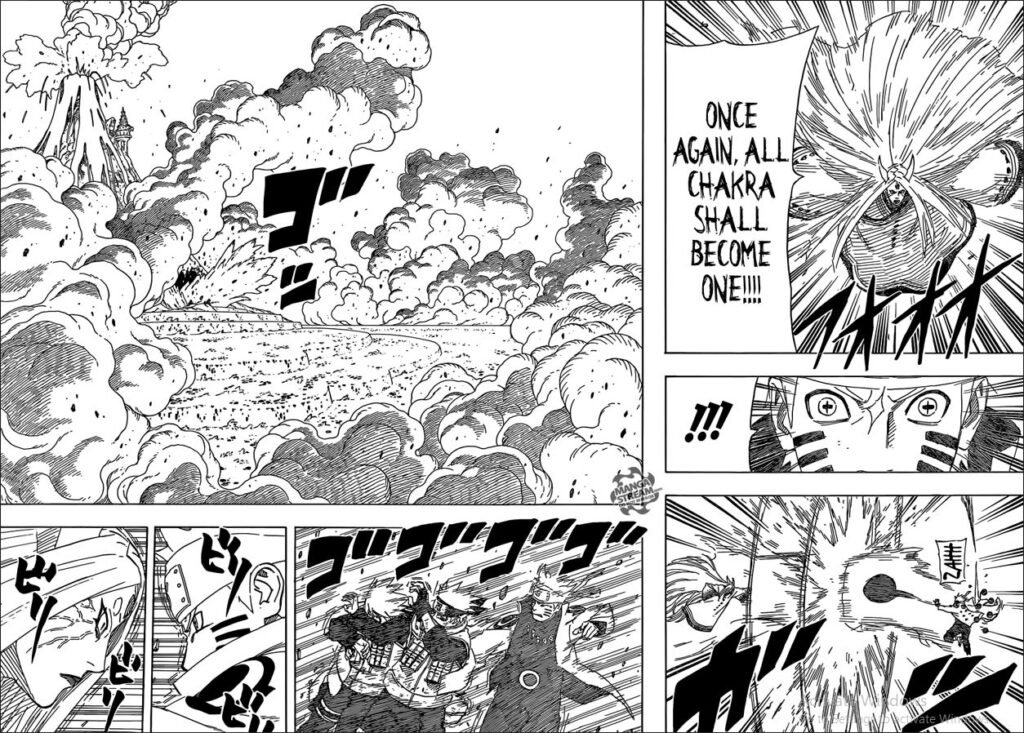
While the core elements of Naruto and Sasuke’s final fight are consistent in both the anime and manga, there are several notable differences. In the anime, the fight includes multiple flashbacks to Naruto and Sasuke’s shared past, whereas the manga remains focused on the fight itself. Additionally, the anime portrays Sasuke’s fireball jutsu as powerful enough to crack the ground, a detail that is not emphasized in the manga.
10. The Anime Corrects Some Continuity Issues
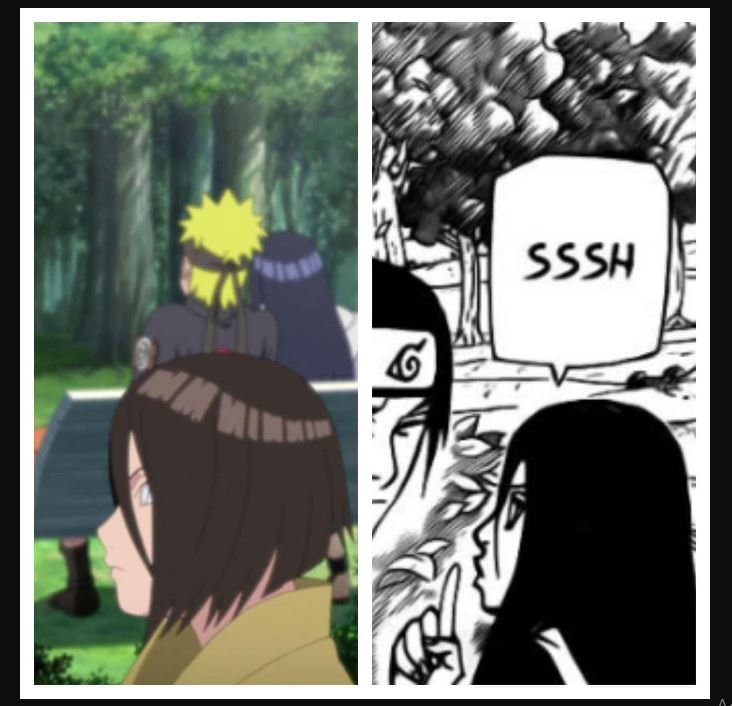
There are instances where the manga introduces continuity errors that the anime subsequently corrects. One such discrepancy occurs when Minato teleports away with Madara’s truth-seeking balls; the anime addresses this mistake. Another correction involves Hinata’s Infinite Tsukuyomi dream, which in the manga depicts her sister Hanabi with her Part 1 design instead of the more appropriate Part 2 design. The anime rectifies this inconsistency as well.
11. Sakura Gets More Spotlight Moments In The Anime

Naruto has faced criticism for its portrayal of female characters, with Sakura being a prime example. Despite being a protagonist with considerable skills, she often isn’t given the chance to showcase them and frequently needs rescuing. However, the anime offers her more opportunities to shine than the manga. This is particularly evident during the Ten Tails’ attack. In the manga, Sakura has to be rescued and doesn’t achieve much independently, whereas in the anime, she actually saves a few lives.
12. Jiraiya’s Arc Involves Less Gambling & Stealing In The Anime

In the anime adaptation of Naruto training with Jiraiya, there are some adjustments from the manga that alter certain scenes. For instance, in the manga, Naruto wins a significant amount of money through a slot machine, which can carry more dubious connotations related to gambling. Conversely, in the anime, he wins the money through a lottery, which may be seen as less controversial.
Another difference occurs with Jiraiya and Gantetsu: in the manga, Jiraiya steals Gantetsu’s wallet while using the Rasengan, whereas in the anime, Gantetsu willingly gives him the wallet out of respect. These changes in the anime can sometimes mitigate more extreme or morally questionable aspects found in the original manga storyline.
13. Hinata’s Confession is Different

Hinata’s love confession to Naruto is indeed a pivotal moment in their relationship, especially considering their eventual marriage and children. However, in the manga, this moment is relatively brief, quickly transitioning back to the ongoing conflict without much elaboration.
In contrast, the anime treats Hinata’s confession with more dramatic emphasis. It extends the scene, allowing Hinata more involvement in the ensuing battle, thereby giving her actions and emotions greater significance in the storyline. This expansion in the anime provides a deeper exploration of Hinata’s character and her relationship with Naruto during this crucial moment.
14. Naruto Meets Utakata In A Different Time
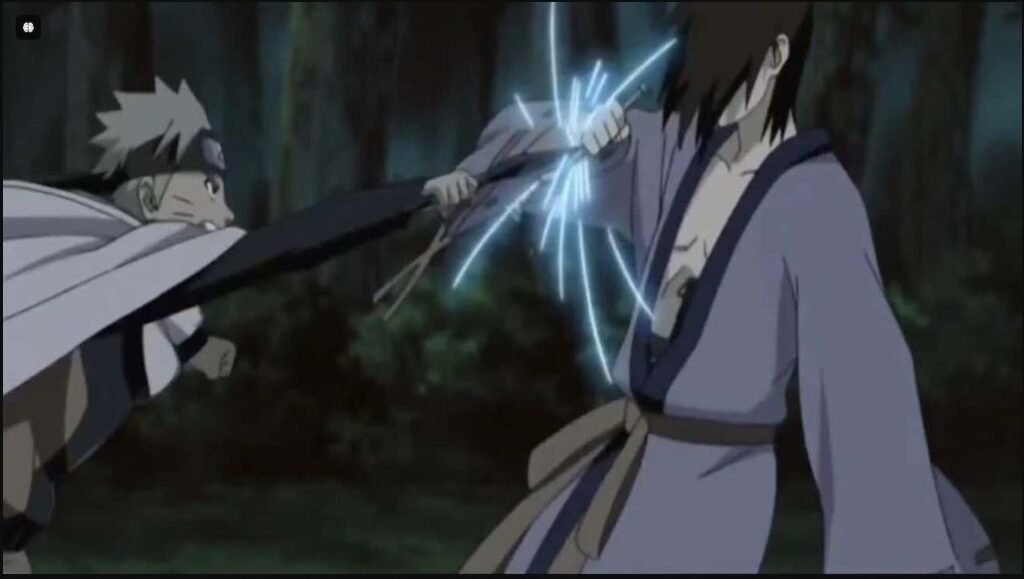
That’s correct. In the Naruto anime, there are filler arcs that delve into the stories of various jinchuriki, such as Utakata (the jinchuriki of Saiken, the six-tails) and Han (the jinchuriki of Kokuo, the five-tails). These arcs are not part of the original manga storyline created by Masashi Kishimoto.
For instance, in the anime filler, Naruto encounters Utakata separately before their eventual meeting with all the tailed beasts and their respective jinchuriki. This differs from the manga where Naruto’s interactions with the tailed beasts and their jinchuriki are primarily consolidated into a single storyline, omitting the specific encounters seen in the filler arcs.
15. The Anime Isn’t As Bloody

The Naruto anime does indeed have a lighter approach compared to the manga when it comes to depicting injuries and bloodshed. In the manga, it’s quite common for characters to cough up blood when seriously injured, and wounds are often shown bleeding copiously.
However, in the anime, these scenes are sometimes toned down or altered. Instead of blood, injuries might be depicted with saliva or obscured with bandages or clothing. Sometimes, the depiction of wounds and their severity is reduced to maintain a more family-friendly tone, aligning with broadcast standards and audience expectations for television. This adjustment helps make the anime more accessible to a wider audience, including younger viewers.
16. Anime Gaara Isn’t As Violent
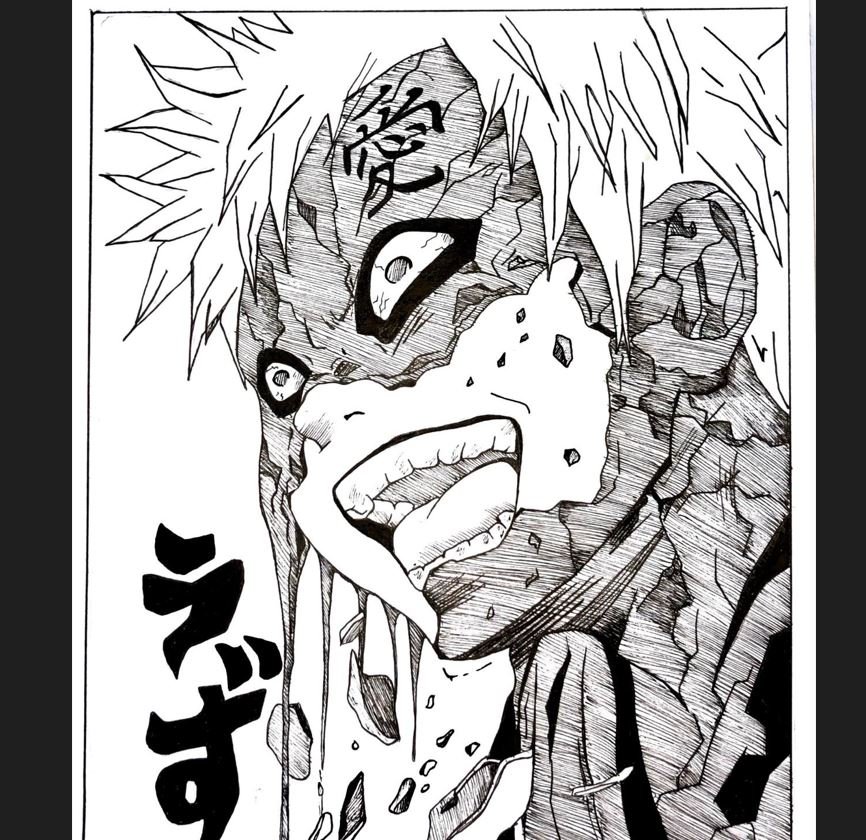
Conversely, the anime adaptation of Naruto mitigates some of Gaara’s more extreme behaviors. It tones down his violence and reduces the graphic nature of his actions, which makes his journey towards redemption more palatable and understandable for viewers. This adjustment in the anime allows for a clearer and more sympathetic portrayal of Gaara’s evolution as a character, emphasizing his growth into a person guided by kindness and strong moral principles.
17. The Details Around Sexy Jutsu Are Often Changed
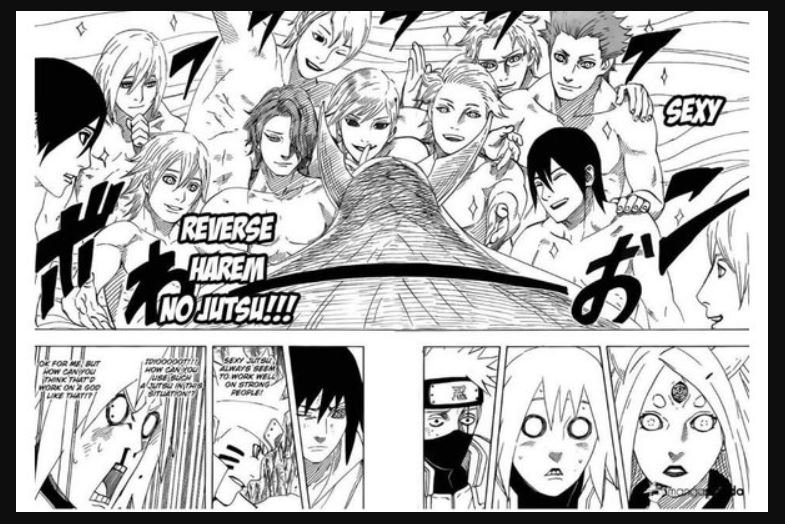
Interestingly, the anime adaptation takes a different approach by completely omitting this scene. This alteration in the anime likely reflects a decision to avoid potentially controversial or suggestive content, aligning with broadcast standards and the target audience’s sensibilities.
